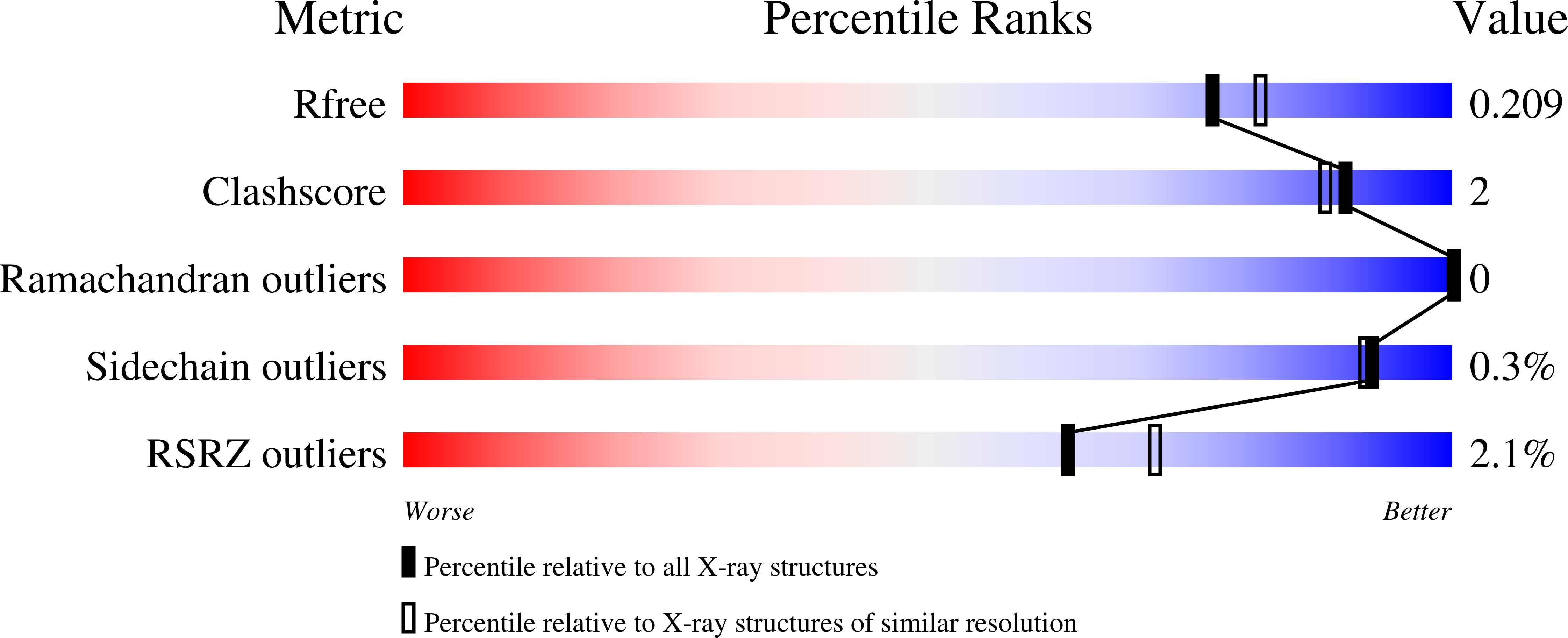
Deposition Date
2022-06-14
Release Date
2023-05-31
Last Version Date
2024-05-01
Entry Detail
PDB ID:
8A53
Keywords:
Title:
Crystal structure of AtMCA-IIf C147A (metacaspase 9) from Arabidopsis thaliana
Biological Source:
Source Organism:
Arabidopsis thaliana (Taxon ID: 3702)
Host Organism:
Method Details:
Experimental Method:
Resolution:
1.95 Å
R-Value Free:
0.20
R-Value Work:
0.17
R-Value Observed:
0.17
Space Group:
P 1 21 1


